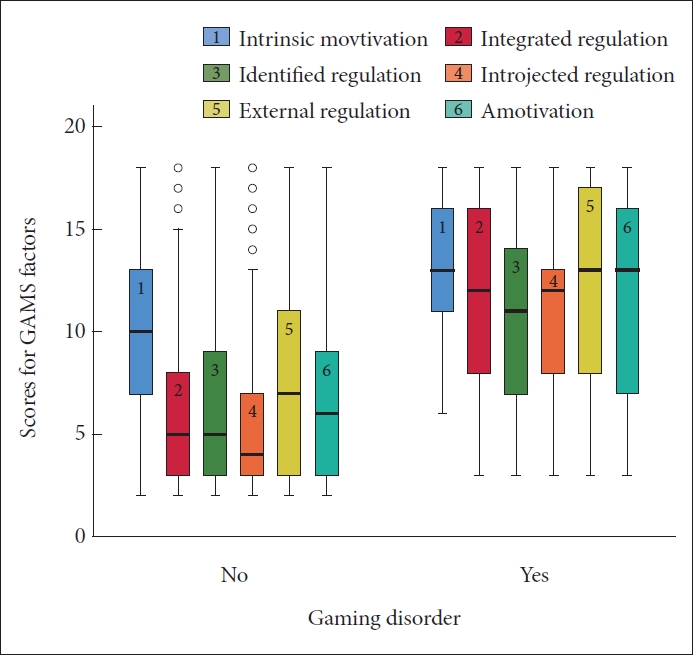 |
 |
- Search
| Psychiatry Investig > Volume 20(7); 2023 > Article |
|
Abstract
Objective
Methods
Results
Conclusion
Notes
Availability of Data and Material
The datasets generated or analyzed during the study are available from the corresponding author on reasonable request.
Conflicts of Interest
The authors have no potential conflicts of interest to disclose.
Author Contributions
Conceptualization: Kamyar Ghani, Rabert Farnam, Hosein Rafiemanesh, Masoumeh Amin-Esmaeili, Zsolt Demetrovics, Orsolya Király, Afarin Rahimi-Movaghar. Data curation: Kamyar Ghani, Hosein Rafiemanesh, Marziyeh Hamzehzadeh, Maral Mardaneh Jobehdar, Yekta Rahimi. Formal analysis: Kamyar Ghani, Hosein Rafiemanesh, Yekta Rahimi, Afarin Rahimi-Movaghar. Investigation: Kamyar Ghani, Rabert Farnam, Hosein Rafiemanesh, Behrang Shadloo, Arshiya Sangchooli, Marziyeh Hamzehzadeh, Masoumeh Amin-Esmaeili, Afarin Rahimi-Movaghar. Methodology: Rabert Farnam, Hosein Rafiemanesh, Zsolt Demetrovics, Orsolya Király, Afarin Rahimi-Movaghar. Project administration: Kamyar Ghani, Rabert Farnam, Hosein Rafiemanesh, Maral Mardaneh Jobehdar, Afarin RahimiMovaghar. Resources: Afarin Rahimi-Movaghar. Software: Hosein Rafiemanesh, Afarin Rahimi-Movaghar. Supervision: Rabert Farnam, Hosein Rafiemanesh, Masoumeh Amin-Esmaeili, Zsolt Demetrovics, Orsolya Király, Afarin Rahimi-Movaghar. Validation: Kamyar Ghani, Hosein Rafiemanesh, Afarin Rahimi-Movaghar. Visualization: Hosein Rafiemanesh. Writing—original draft: Kamyar Ghani, Hosein Rafiemanesh, Behrang Shadloo, Arshiya Sangchooli, Marziyeh Hamzehzadeh. Writing—review & editing: all authors.
Funding Statement
This study was supported financially by Tehran University of Medical Sciences (Grant No. 95-02-49-32102).
Figure 1.

Figure 2.

Table 1.
Table 2.
Table 3.
REFERENCES
-
METRICS

-
- 0 Crossref
- Scopus
- 1,422 View
- 28 Download
-
Validation of the Chinese Version of the Schizophrenia Cognition Rating Scale2022 July;19(7)






